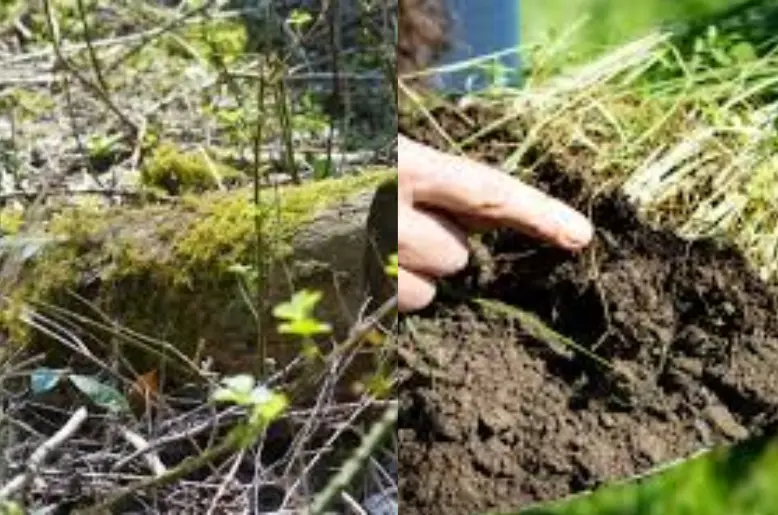How Soil Nurtures the Animal Kingdom

The world we see, bustling with life, is a mere fraction of the story. Beneath our feet, a hidden world teems with activity, a world that sustains not just plant life but the entirety of the animal kingdom. This is the world of soil, a silent, unseen force that shapes and nourishes the diverse tapestry of animal life on Earth.
From the smallest insect to the largest mammal, every creature on this planet is intricately connected to the soil. It’s not just about providing food and shelter, but about creating an entire ecosystem, a network of life that thrives on the delicate balance of soil health.
Soil’s Role in Animal Nutrition:
The most obvious connection between soil and the animal kingdom is through food. Plants, the primary food source for many animals, depend entirely on healthy soil. Soil provides essential nutrients like nitrogen, phosphorus, and potassium, which plants absorb through their roots. These nutrients are then transferred to the animals that consume these plants, forming the base of the food chain.
But the story goes beyond basic nutrition. Soil contains a diverse array of microorganisms, including bacteria, fungi, and protozoa, that play a crucial role in breaking down organic matter and releasing vital nutrients. These microorganisms are, in turn, a food source for many soil-dwelling animals like earthworms, insects, and other invertebrates. Read more about Good Night World.
The Shelter and Habitat Provided by Soil:
Soil is not just a source of food but also a fundamental element in creating habitats for a wide range of animals. From the burrows of rodents to the intricate ant colonies, soil provides the necessary material for constructing shelters. This is particularly important for animals that live underground, like moles, voles, and many species of insects.
The physical structure of soil also plays a crucial role in determining the habitat suitability for different animal species. Soil texture, water-holding capacity, and drainage affect the distribution and abundance of various animal species.
A Web of Life:
The connection between soil and the animal kingdom goes beyond food and shelter. It extends to the entire ecosystem, creating a delicate balance that sustains life.
Soil’s ability to regulate water and nutrient cycles is crucial for animal survival. Healthy soil acts as a sponge, absorbing and retaining water, which is vital for plant growth and animal hydration. Soil also plays a crucial role in filtering pollutants and preventing soil erosion, ensuring the health of the entire ecosystem.
The Impact of Human Activities on Soil and Animal Life:
Unfortunately, human activities are increasingly impacting soil health, with dire consequences for the animal kingdom. Deforestation, intensive agriculture, and urbanization all contribute to soil degradation, leading to reduced biodiversity and habitat loss.
Pollution from industrial activities and agricultural runoff can poison soil and water sources, affecting animal health and survival. Climate change is also impacting soil health, leading to increased desertification and soil erosion, further threatening the delicate balance of the ecosystem.
Protecting Soil for the Future of Animal Life:
The health of the animal kingdom is inextricably linked to the health of the soil. Protecting and restoring soil health is crucial for the survival of countless animal species, from the smallest insect to the largest mammal.
Here are some ways we can all contribute to protecting soil:
- Support sustainable agriculture: Choose organic foods whenever possible, and support farmers who practice sustainable farming methods that prioritize soil health.
- Reduce pesticide and herbicide use: These chemicals can harm soil organisms and have negative impacts on animal health.
- Compost and recycle: Composting food scraps and yard waste adds valuable nutrients to the soil, while recycling reduces landfill waste and its impact on the environment.
- Plant trees: Trees help prevent soil erosion and improve soil health.
- Educate yourself and others: Spread awareness about the importance of soil health and the role it plays in supporting animal life.
By understanding the intricate connection between soil and the animal kingdom, we can make conscious choices to protect this vital resource and ensure a healthy future for all life on Earth. The soil is not just beneath our feet; it is the foundation of our world, a silent hero that sustains the vast diversity of life on this planet.
Soil plays a crucial role in shaping the diversity of animal life. Different soil types support different plant communities, which in turn provide food and shelter for a wide range of animals.
Many animals rely heavily on soil for their survival. Earthworms, for example, are essential for soil health, breaking down organic matter and creating tunnels that improve aeration and drainage.
There are many things you can do to help protect soil and the animals that depend on it. You can support sustainable agriculture by choosing organic foods and supporting farmers who prioritize soil health.






